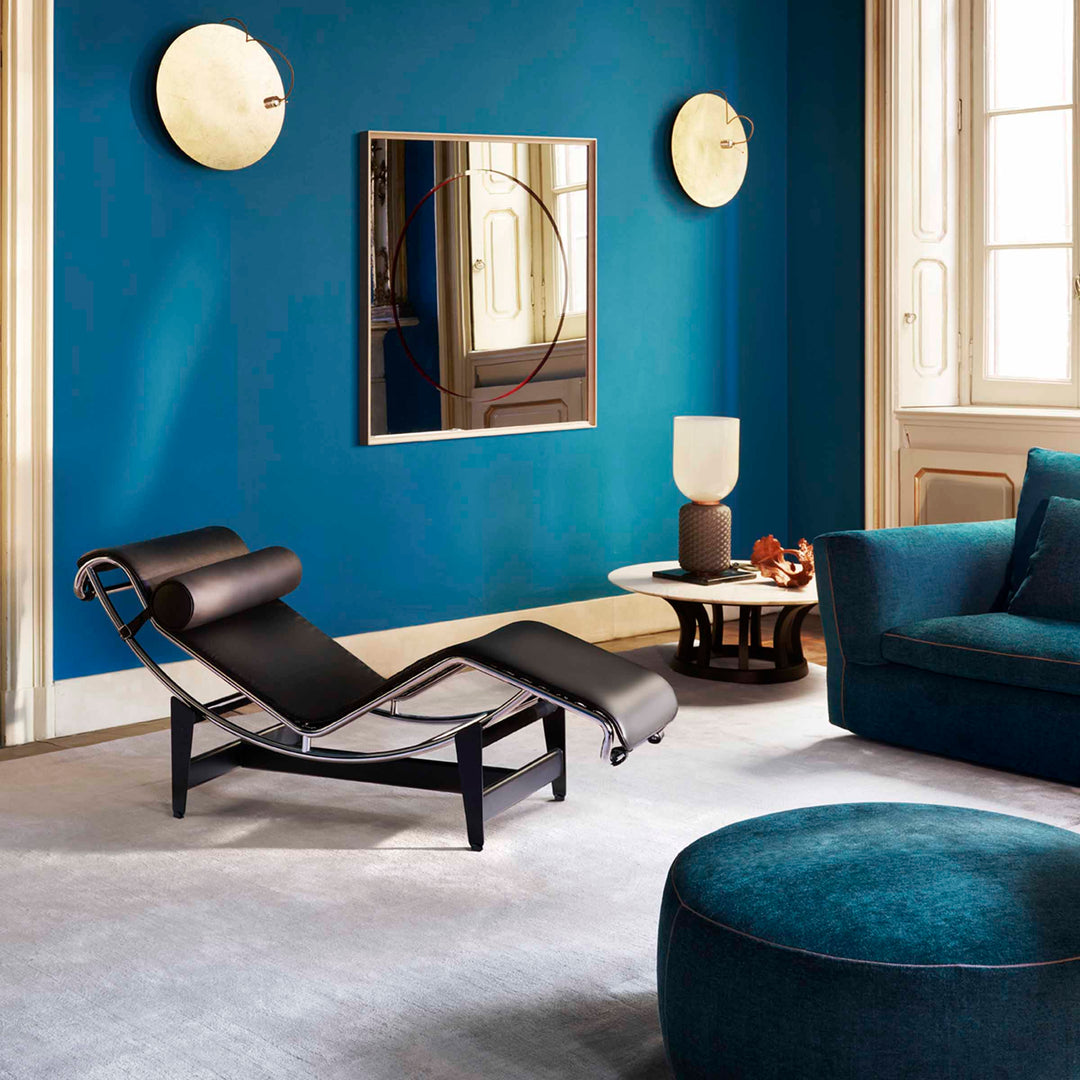DESIGN ITALY EDITORIAL by Cristina Morozzi - Travel in Italy 6 - APULIA
The sixth stop of "Travel to Italy" takes us to Apulia, the southern Italian land washed by two seas. Land of many artisanal traditions such as: pottery, laces, illuminations and much more. History and food intertwine for the utmost experience.
Apulia is the southern Italian land washed by two seas, the Adriatic and the Ionian, with expanses of brown-red clods, dotted with centuries-old olive trees, now in danger; known for its Trulli of Alberobello, very ancient cylindrical constructions, with whitewashed walls, ending in a conical dome, formed by concentric stone rings. Built according to the Golden Ratio* proportions, they guarantee a unique climate inside buildings. It is said that a rose suspended from a mid-height ceiling stays fresh for a long time.
In stone, the octagonal Castel Del Monte was also built by Frederick II of Swabia following the Golden Ratio rule, based on mathematical calculations concerning the sun shadows and zodiac signs.
Lecce, the provincial capital, is a sumptuous Baroque city, known for its paper-mache used for masks and statues of saints and madonnas. During civil and religious holidays, the towns are decorated with elaborate bright and polychrome lights that are becoming famous worldwide. In 2014 even decorated the entrance to the Arsenale in Venice for the 14th Architecture Biennale.
There is no need to mention the now famous 'masserie', appreciated by VIPs. 'Masserie' are nineteenth-century agricultural buildings, now converted into resorts and destinations for parties and events.
A special mention goes to the Basilica of Trani, overlooking the sea, an example of Apulian Romanesque architecture. Otranto, the eastern Italian city, is famous for its mosaic flooring cathedral, commissioned by the first Latin archbishop Gionata and executed between 1163 and 1165. In Otranto, with the sun at its zenith, the sea becomes emerald green, attracting tourists from all over the world.
Puglia has a prominent place for its dairies in the gastronomic field, specialising in cow's milk mozzarella production. The artisan tradition varies from the Grottaglie ceramics to the paper-mache mentioned above, from weaving to embroidery. From artefacts made with local materials, such as olive wood, rushes and marsh reeds, to creations in wrought iron and architectural decorations in Lecce stone. Glass and mosaic creations also belong to the tradition.
The last mention goes to the designer/artist Tarshito, the name of art of the Bari-based Nicola Strippoli. His emblematic exhibition of 100 gilded vases of various shapes and dimensions at the Milan Triennale in 2014, curated by Silvana Annicchiarico, made him an inspired ambassador of Apulian ceramic art.
*The Golden Ratio
It's believed that the Golden Ratio has been in use for at least 4,000 years in human art and design. However, it may be even longer than that – some scientists argue that the Ancient Egyptians used the principle to build the pyramids.
Cristina Morozzi
Related articles:
















